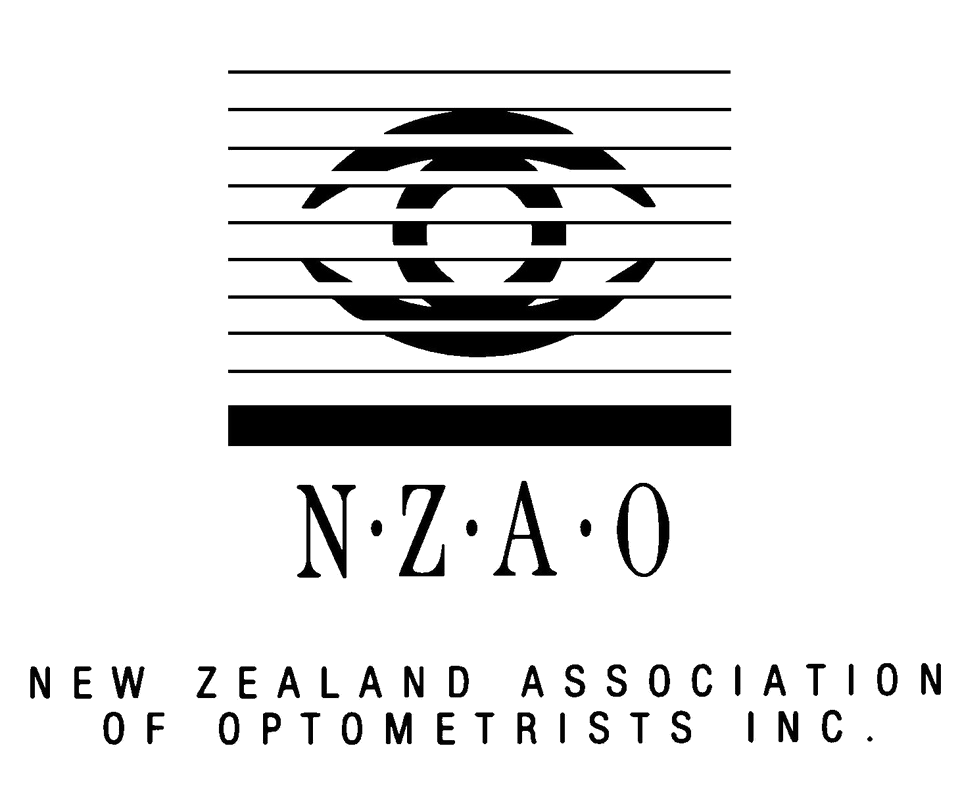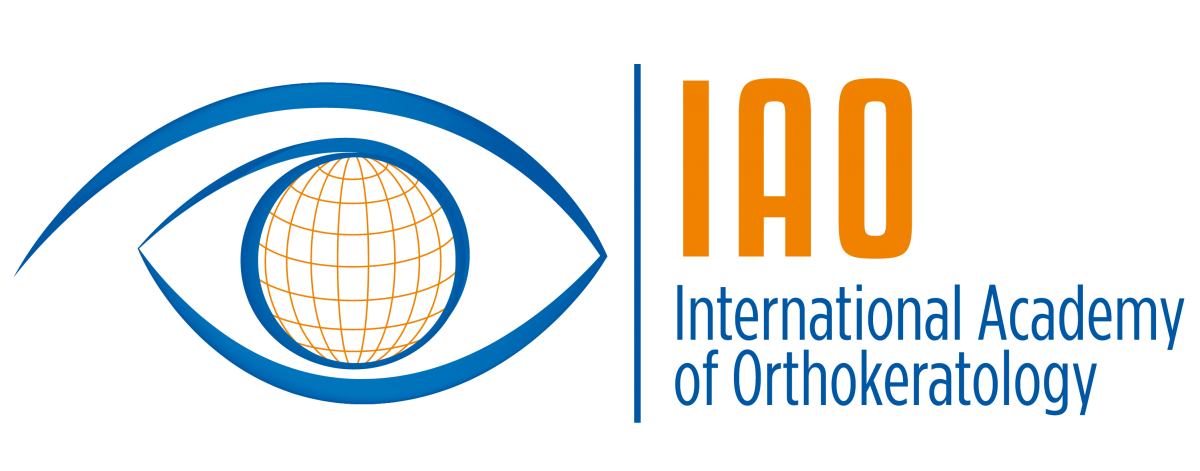Do you feel like this sometimes when reading, you probably have presbyopia. Contact lenses can help!
What is Presbyopia?
Presbyopia is a term that means “the elderly eye” in Greek. Presbyopia is a condition in which the lens within the eye gradually becomes rigid and inflexible. It loses its ability to change its shape and focus on objects at a shorter distance. It is a normal age-related process which affects everyone as they get older. It creates difficulty to see near objects clearly, especially in low light and later in the day.
When does Presbyopia begin?
Presbyopia becomes symptomatic in the early to mid-40s and continues to worsen until age 65. It may initially seem sudden but is a slow progressing condition that happens over many years.
What are common symptoms of Presbyopia?
A requirement to hold reading material further away than normal to make letters clearer.
Blurred, out of focus vision at normal reading distance.
Eyestrain or headaches after reading or sustained close work
Symptoms may be more noticeable when tired or when in an area with dim lighting.
What contact lens options can help with Presbyopia?
Rather than using reading glasses, which can be frustrating to find and remember to wear, or impractical for different jobs, hobbies, or activities, there are a number of contact lens options to improve near vision and regain the freedom of sight. The can be in the form of a soft contact lens, that comfortably sits on the surface of the eye during the day, or orthokeratology overnight reshaping lenses, that remold the surface of the eye at night to give clear vision during the day without lens wear.
Multifocal Soft Contact Lenses
A typical design of a multifocal soft contact lens.
A jack of all trades option for vision at all distances are multifocal soft contact lenses. They are contact lenses that contain multiple prescriptions all in one single contact lens. It is the brain's job to concentrate on one prescription/image and ignore the other. They are commonly structured with a gradual change of power as you move away from the center, known as an aspheric design.
Multifocal contact lens designs provide a less abrupt switch between prescriptions, which leads to good vision at a range of distances from near to far without the need for extra correction. However, they do take some time to adjust to and can be accompanied by nighttime glare or shadowing due to an increase in pupil size.
Monovision Contact Lenses
A monovision (also known as ‘blended-vision’) contact lens set up is where one eye is fully corrected for distance and the other is fully corrected for intermediate or near distances. It provides clear vision at a range of distances. As expected this setup requires an adaptation period where the brain learns which eye is dedicated to a certain distance. The dominant eye will often be designated for regular, or distance vision with the non-dominant eye designated for near vision.
Monovision contact lenses provide the full prescription for distance and near. It means that vision is 100% for either distance with no compromise. It is great for those people who require clear vision for work or hobbies, in addition to those that have a low threshold for visual blur.
However, monovision does include an abrupt switch between prescriptions which can lead to issues with adaptation and visual clarity at intermediate distances. A mini-monovision set up which has less of an abrupt change can be more applicable to these patients.
Both multifocal and monovision corrections are also possible for patient’s over 40 who use rigid lenses for conditions like keratoconus.
Orthokeratology (OrthoK) Contact Lenses
A fluorescein image showing an orthoK lens to correct presbyopia floating on the surface of the eye.
An OrthoK lens is a sophisticated rigid contact lens that is worn only overnight when you sleep. The forces created in the tears by the lens shift the cells on the surface of your eye into a new shape. Your eye's new shape has a different optical power, which can help correct refractive error for distance or near.
In OrthoK lens wear, no lenses are required to be worn throughout the day. Therefore, it is the perfect option for athletes, people that enjoy the water (surfers, swimmers etc), people that get dry eyes or struggle with allergies and people working in dusty or dry environments. OrthoK is completely reversible and non-surgical.
Presbyopic OrthoK enhances near vision generally through steepening the surface of the eye. It leads to a range of clear vision at near due to the gradual change in steepness as you move away from the centre of the pupil. It is similar to an aspheric multifocal design. As a result OrthoK can be used in a variety of ways including wearing a lens in just one eye, or both eyes depending on your prescription and visual requirements.
Corneal topography mapping showing the steeper corneal curvature when using an OrthoK lens to improve near vision
If you are interesting in exploring which contact lens options may work for you to decrease your reliance on glasses to read, please get in touch with us to book a contact lens assessment with one of our optometrists!












